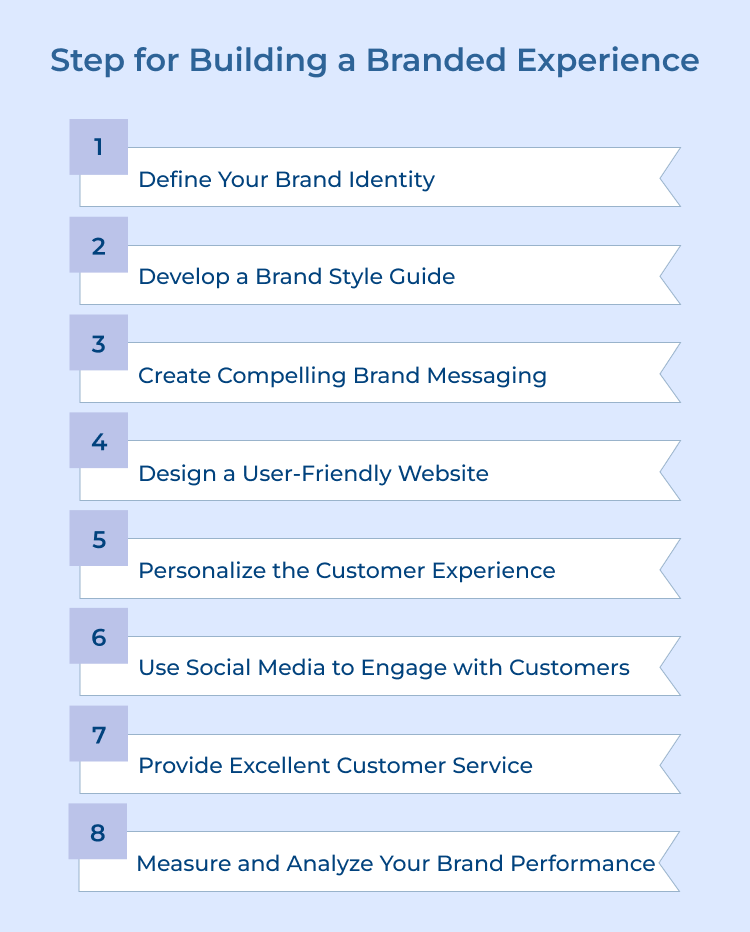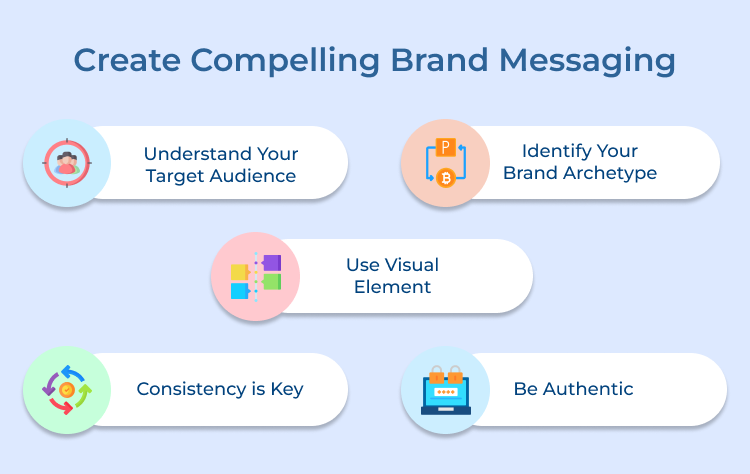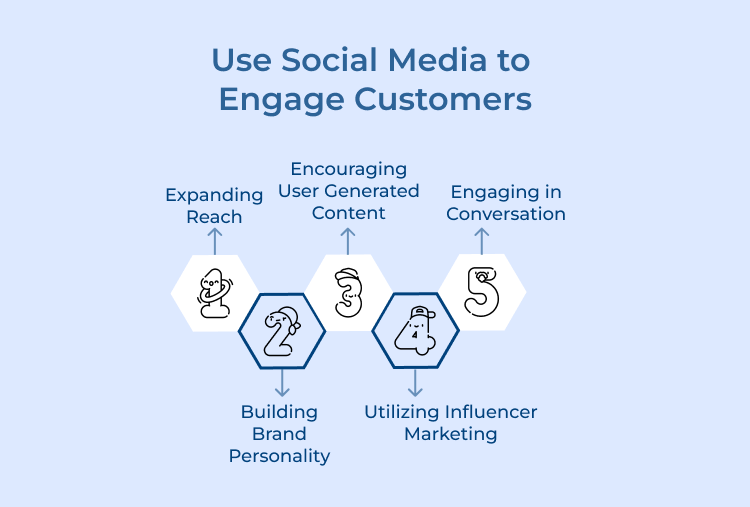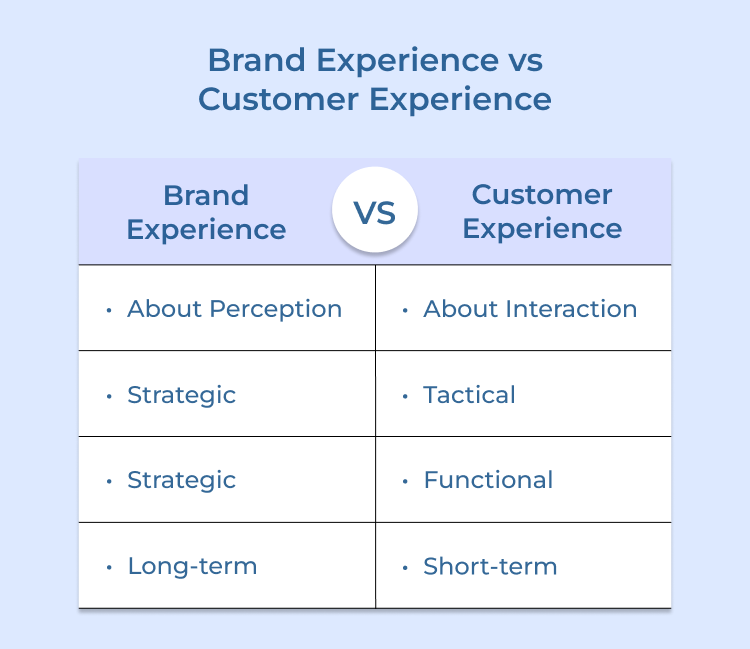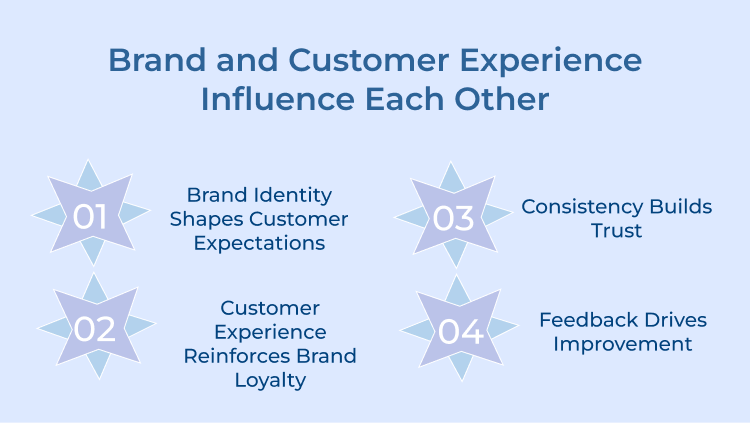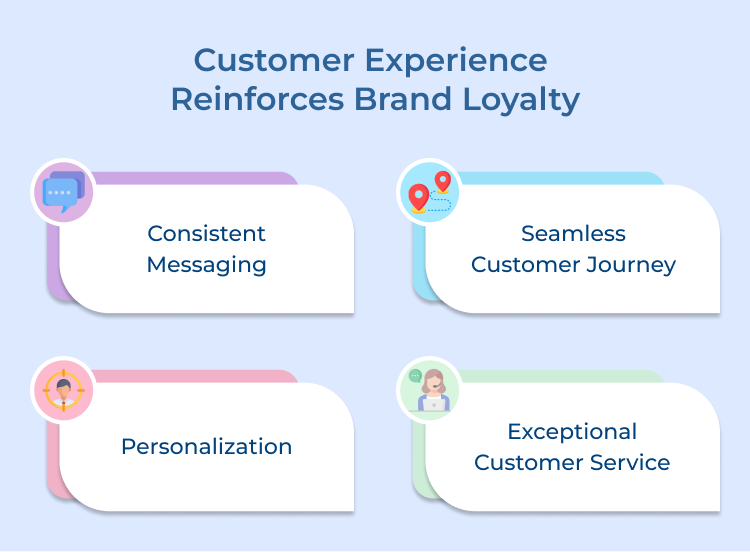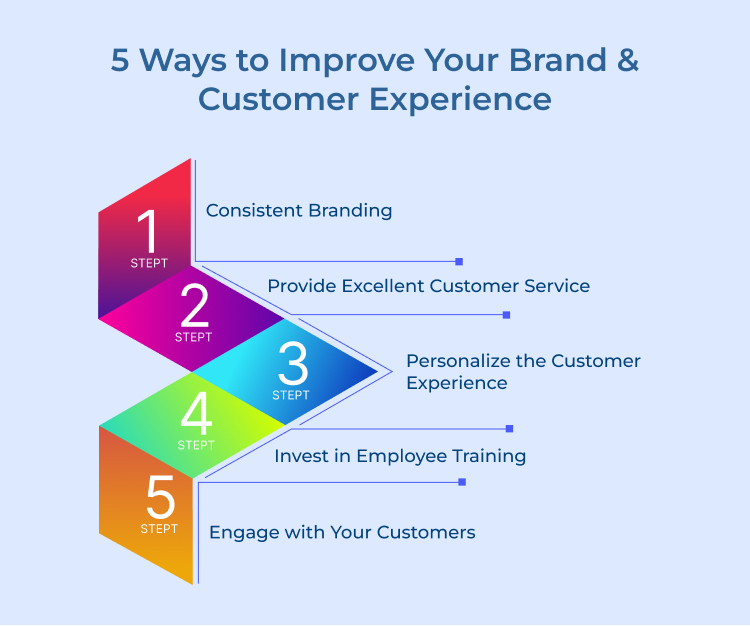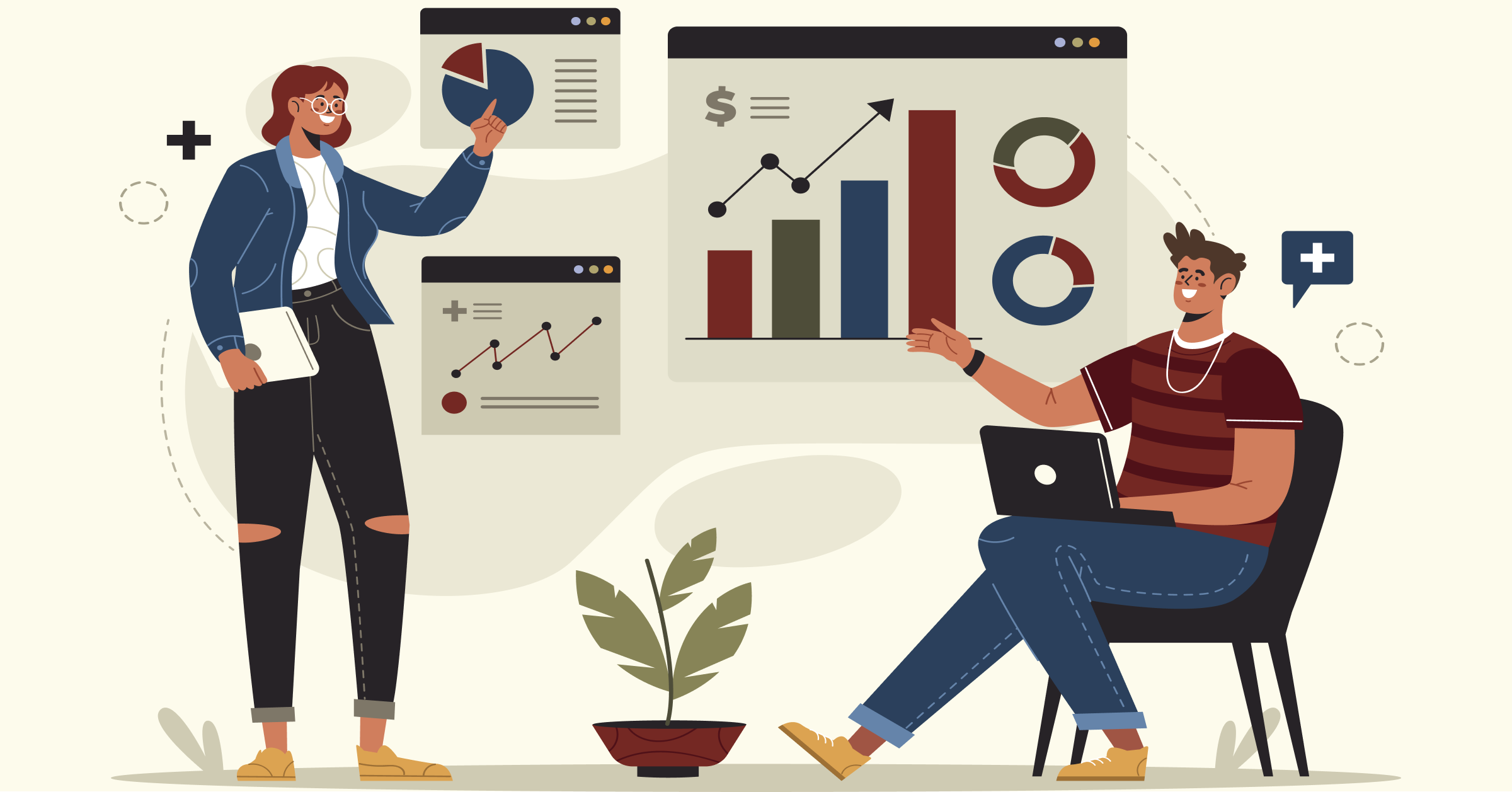1. Consistent Branding
Consistency is key when it comes to building a strong brand. Ensure your branding is consistent across all channels – from your website and social media platforms to your marketing materials as well as product packaging. It helps to create a cohesive brand experience for your customers.
2. Provide Excellent Customer Service
Customer service plays a crucial role in shaping the customer experience. Ensure you provide excellent customer service by being responsive, helpful, and empathetic to your customer’s needs. Train your staff to handle customer inquiries and issues effectively to ensure a positive experience.
3. Personalize the Customer Experience
Personalization can make a big difference in the customer experience. Use customer data & insights to personalize your marketing messages, product recommendations, and customer service interactions. It can help you create a more tailored and relevant experience for your customers.
4. Invest in Employee Training
Your employees are the face of your brand and play a significant role in shaping the customer experience. Invest in employee training to ensure they are knowledgeable about your products and services, skilled in customer interactions, and aligned with your brand values.
5. Engage with Your Customers
Engaging with your customers is a great way to build relationships and create a positive customer experience. Respond to customer feedback promptly, show appreciation for their support, and involve them in your brand through surveys, contests, and other interactive activities.
How Customer Experience Can Create Brand Differentiation: Examples
Creating brand differentiation is crucial for businesses looking to stand out from their competitors. One important way to achieve this is through providing exceptional customer experiences. The way a customer interacts with a brand can have a significant impact on their perception of that brand and their likelihood to recommend it to others.
Here are some real-life examples of how customer experience can create brand differentiation:
1. Ritz-Carlton
The Ritz-Carlton hotel chain is renowned for its luxury accommodations and impeccable customer service. The company has a policy of going above & beyond to exceed customer expectations with personalized service and attention to detail. The commitment to exceptional customer experience has helped to establish the Ritz-Carlton as a premium brand in the hospitality industry.
2. Amazon
Amazon is another company that has set itself apart through exceptional customer experience. The e-commerce giant offers a seamless shopping experience with features such as one-click ordering, fast shipping, and personalized recommendations. Amazon also prioritizes customer feedback and uses it to continually improve its services, making customers feel valued.
3. Apple
Apple is known for its exceptional customer service with representatives who are knowledgeable, helpful, and friendly. The tech giant also offers services such as Apple Care, which provides peace of mind and added convenience for customers. The level of customer service sets Apple apart from its competitors and helps to create a strong brand differentiation.
Level Up CX with Your Own Branded Experience
Creating a branded experience for your customers is crucial in the prevailing competitive market. Taking the time to develop a cohesive customer experience can truly level up your CX game and set you apart from the competition.
Remember to focus on consistency, personalization and innovation to create an impactful experience that will keep customers coming back for more. With dedication, you can transform your brand into a customer favorite and build long-lasting relationships that drive success for years to come. So, don’t wait any longer – start crafting your own branded experience today!


